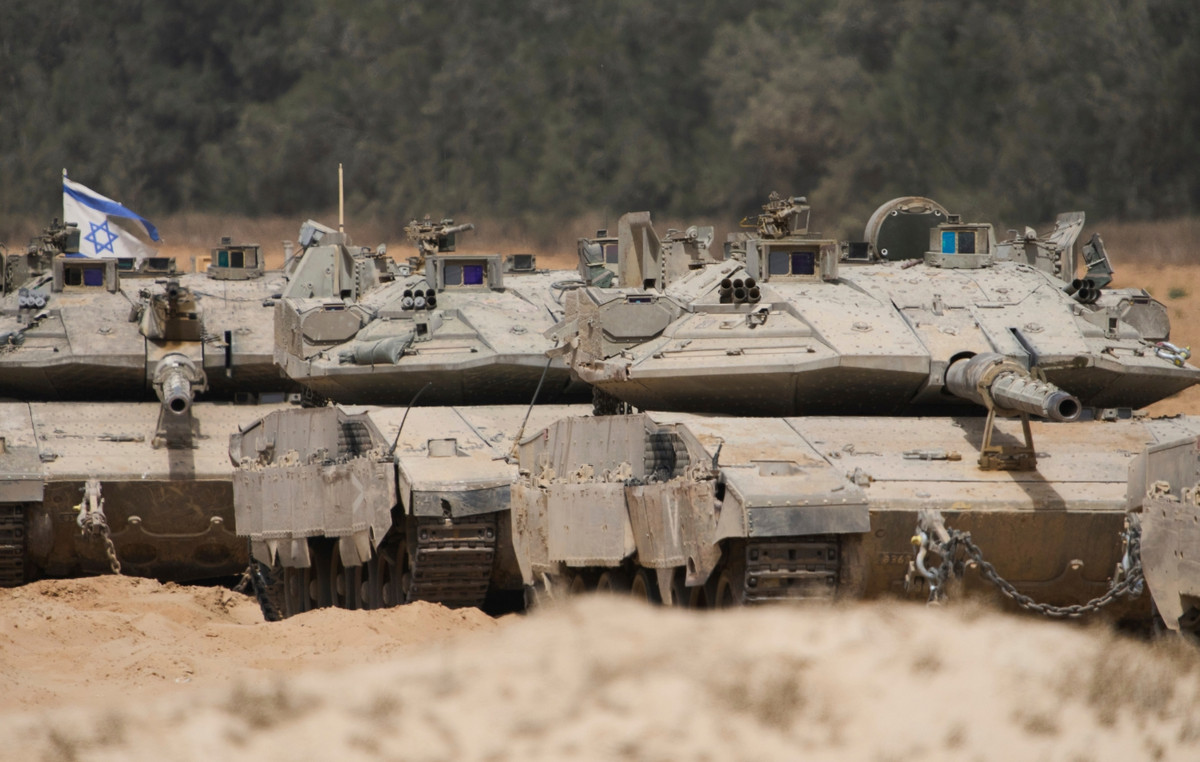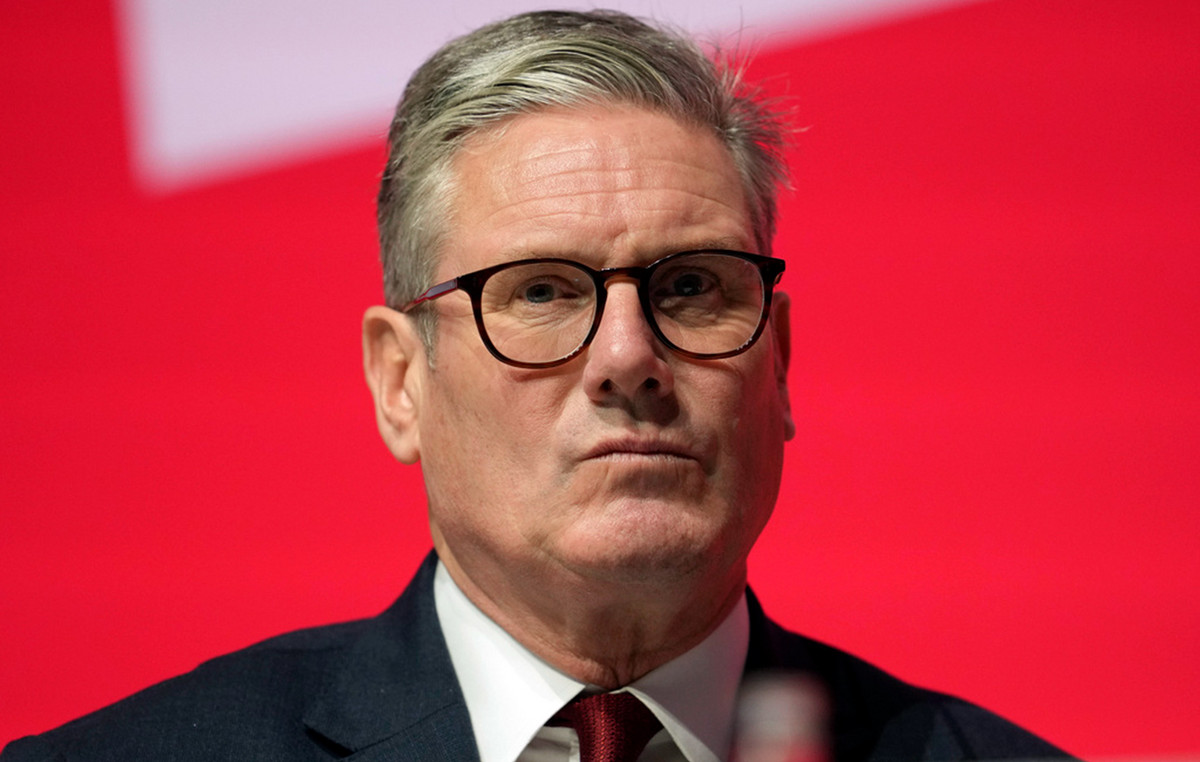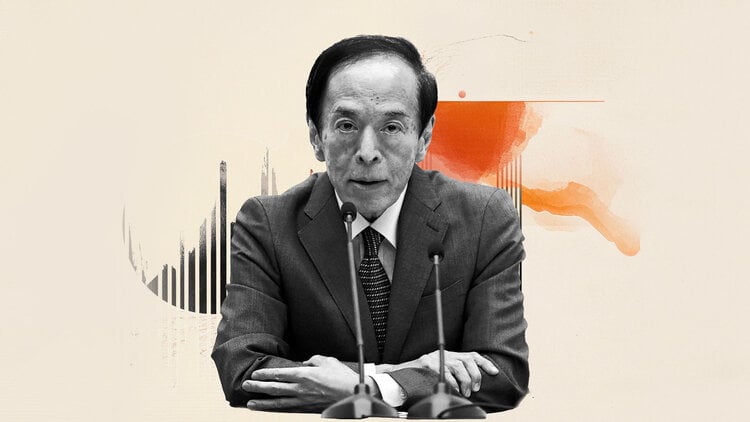A respite from the inflationary scenario in Brazil and the expectation of a certain accommodation in the basic interest rate (Selic) are indications that the Safra Plan will be able to better serve producers in 2022/23, without the scarcity of resources seen in the previous cycle, evaluated the Secretary of Agricultural Policy of the Ministry of Agriculture, Guilherme Soria Bastos.
“We had an increase in inflation and a ‘kick’ in the Selic rate, it grew very fast and we had a spending ceiling”, said Bastos, to justify the period in which credit contracts for the 2021/22 program were suspended.
After participating in an event promoted by the agricultural pesticides association Andav this Wednesday (17), he told journalists that the difference between the basic interest rate and what was agreed in the Safra Plan “is the size of the bill” that weighed for the government in 2021/22.
“So, that was the big problem of the first semester. We don’t expect that to happen now.”
The Focus survey released by the Central Bank this week showed that the market has been reducing the prospect of high inflation in 2022, but still sees the rate around 7%, while projecting a certain stability in the Selic, with the first cut in the basic rate. in June 2023.
The 2022/23 Crop Plan projects to offer a record R$340.88 billion in financing to Brazilian producers, up 36% from the previous season, although also with interest above the previous program.
Regarding any reallocation of resources between the lines of the Safra Plan, he said that this could happen.
“Some lines are sometimes more dammed than others, so there are windows of relocation that happen naturally,” he added.
According to the secretary, the suspension of financing contracts that took place at the beginning of this year generated a pent-up demand for credit, which is coming strongly to the 2022/23 Crop Plan.
Production costs for the new season are also higher, which increases the need for resources.
However, Bastos stressed that the program was designed with a focus on small and medium-sized producers, as the real need for resources in the agricultural sector represents more than double the value of the plan.
“The need for credit for Brazilian agriculture is R$800 billion, the size of the Safra Plan is R$340 billion. If you think about the costing part, it’s R$ 240 billion, there’s not enough money for everyone, so it was focused on small and medium-sized companies. The rest is hopeless, it has to go to the market,” he said.
With that, the secretary said that the Ministry of Agriculture is working to bring together private financial institutions, encouraging the taking of credit at this point as well.
An example is the advance of the Rural Product Certificate (CPR) which, according to Bastos, has emissions increasing month after month.
“This begins to help us monitor the size of the market and how it is doing, how the financial market is looking at the sector and the sector’s appetite for using these instruments to finance itself,” he said.
“And what we’re seeing is this, It’s an LCA boom, CDCA boom, agro bonds are being leveraged by this whole process”, he added.
Source: CNN Brasil
I am Sophia william, author of World Stock Market. I have a degree in journalism from the University of Missouri and I have worked as a reporter for several news websites. I have a passion for writing and informing people about the latest news and events happening in the world. I strive to be accurate and unbiased in my reporting, and I hope to provide readers with valuable information that they can use to make informed decisions.







